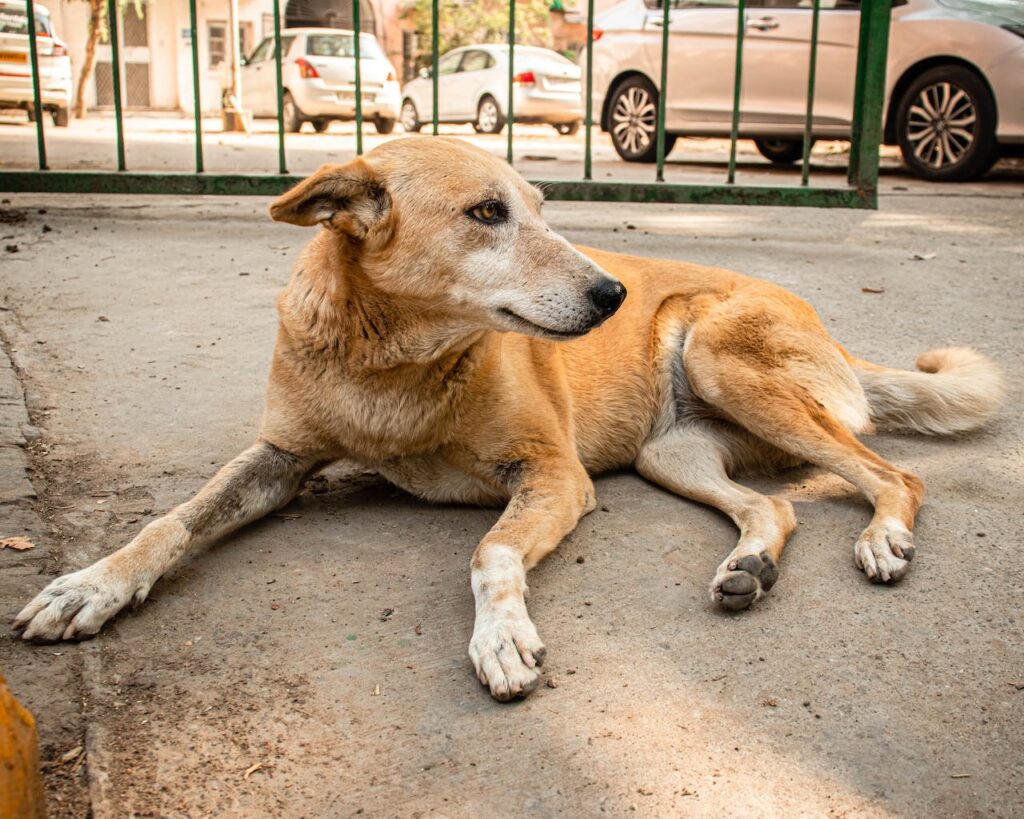Hives, medically known as urticaria, are swellings on the skin caused by an allergic reaction. Dogs can develop hives from a variety of allergens, including environmental factors they encounter on the street, but it's less common.
Understanding dog hives
PetMD says hives can appear quickly and disappear quickly. Raised, red areas of skin called “wheals” can appear within minutes to hours after exposure to the allergen. Wheals can surface on different parts of the body, especially the head, neck, back, stomach, and legs. When dogs are outdoors, they can encounter allergens such as pollen, grass, and plant substances, which can trigger allergic reactions and cause hives. Additionally, exposure to irritants such as chemicals, pesticides, and road bug bites can cause hives in dogs.
Also read: Weird dog greetings: Why do dogs sniff each other's butts?
How to identify hives in dogs
Signs of hives in dogs include raised skin bumps, redness, swelling, and itching. In severe cases, your dog may experience difficulty breathing, vomiting, and diarrhea, indicating a severe allergic reaction and requiring prompt veterinary attention.
Preventing hives in street dogs
- Avoid walking during peak pollen hours.
- Additionally, it's important to keep your dog away from areas that have been treated with pesticides or chemicals.
- Use hypoallergenic grooming products to reduce skin irritation.
- Additionally, use a harness or leash to control contact with allergens.
- Bath and groom your dog regularly to remove allergens from its fur and skin.
Also read: Understanding and managing runaway dogs
Seek veterinary treatment
If your dog has hives or signs of an allergic reaction, contact your veterinarian for diagnosis and treatment. Additionally, treatment may include the use of antihistamines, corticosteroids, or other medications to manage symptoms and address the underlying cause.
conclusion
Dogs can develop hives when exposed to allergens and irritants on the street, but identifying and managing specific triggers is important for your dog's health during outdoor activities. Vigilance and proper care can help reduce discomfort and ensure a healthy and happy life for your pet.
Click here to read more articles by Dumani Moyo
Artificial intelligence helped edit this article.

